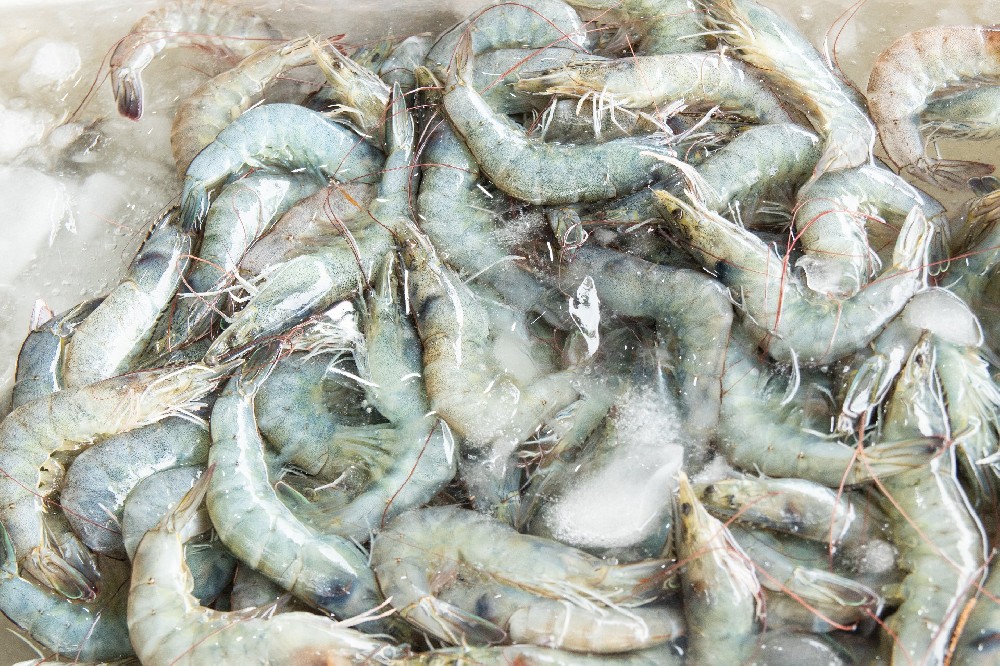White shrimp unsalable 100,000 tons, middle-class consumption downgrade

In recent years, China aquatic product market encounters cold current, especially the slow sale problem of Penaeus vannamei becomes more and more serious. According to the data, the current domestic white shrimp pond has reached 100,000 tons, even if the Spring Festival is approaching, the market demand has not warmed up as expected, the price is all the way down. The root cause of this dilemma is not oversupply in the market, but a significant decline in the consumption capacity of the middle class, indicating the profound impact of consumption degradation on the middle and low-end aquatic products market.

Penaeus vannamei was once a regular at middle-class tables, favored for its moderate price and rich nutrition. However, as economic growth slows and income growth declines, middle-class consumption attitudes are quietly changing. In the face of rising living costs and increasing income pressure, consumers are increasingly paying attention to cost performance, and aquatic protein is gradually changing from "preferred" to "optional". In this context, white shrimp, as a price-sensitive product, bears the brunt of the decline in demand.
The downward trend in consumption is particularly evident in large cities. Food consumption gradually returned to rationality, affordable, easy-to-store meat became the first choice for most families, while aquatic protein was marginalized due to relatively high prices. Especially in the middle and low-end market, the situation of white shrimp is in sharp contrast to salmon and king crab in the high-end market. Consumption by the wealthy is relatively stable, but the middle class has to cut back on unnecessary spending, making daily consumer goods such as white shrimp the first choice to be cut.
More deeply, the decline in middle-class consumption reflects the current economic woes. After the epidemic, the economic recovery fell short of expectations, residents 'willingness to save rose, and consumer confidence was insufficient. At the same time, high expenditures on housing, education and medical care further reduce the disposable consumption space of families. In this context, the consumption of non-demand products such as white shrimp is naturally impacted.
The downturn in the white shrimp market is not an isolated phenomenon, but a reflection of the vulnerability of the low-end consumer goods market under economic pressure. It warns us that consumption degradation affects not only specific industries, but also the entire food industry and even the entire economic system. With the shift in middle-class consumption patterns, low-end products such as white shrimp will face more severe market challenges.
Therefore, the slow sale of 100,000 tons of white shrimp is not only the result of imbalance between supply and demand, but also the epitome of the adjustment of consumption structure of the middle class. It reminds us that in the context of increased economic downward pressure, consumers pay more attention to just-needed spending and cost-effectiveness. This is not only a problem in the aquaculture industry, but also a common phenomenon in the period of economic transformation.
-

Ecuadorian Shrimp-It's Not Easy To Love You
2024-07-04 -
The AI Lecture of Zhanjiang Chamber of Commerce was successfully held in Quanlian Centralized Procurement, helping the enterprise to upgrade its digital intelligence
2025-04-18 -
Tilapia Tariff Raised to 45%, U.S. Market Waiting for Change
2025-04-02 -
Into the Northwest Frozen Food Hub| All-Union Centralized Procurement Visits Lanzhou Jiaojiawan Frozen Market
2025-03-07 -
China's Ministry of Commerce's latest response to the US imposition of a 10% tariff on Chinese exports to the United States
2025-03-04 -
Ecuador shrimp industry new era, 2024 top ten shrimp enterprises list announced
2025-02-26













